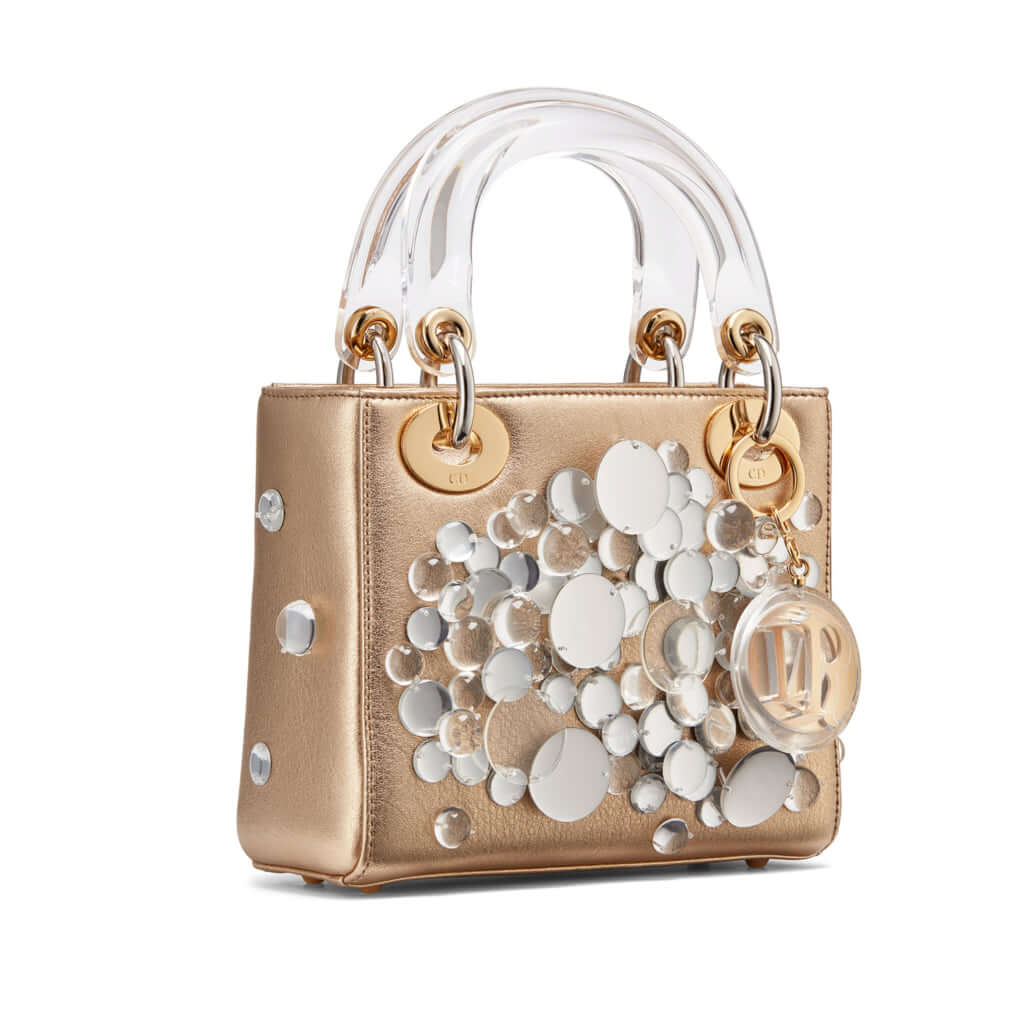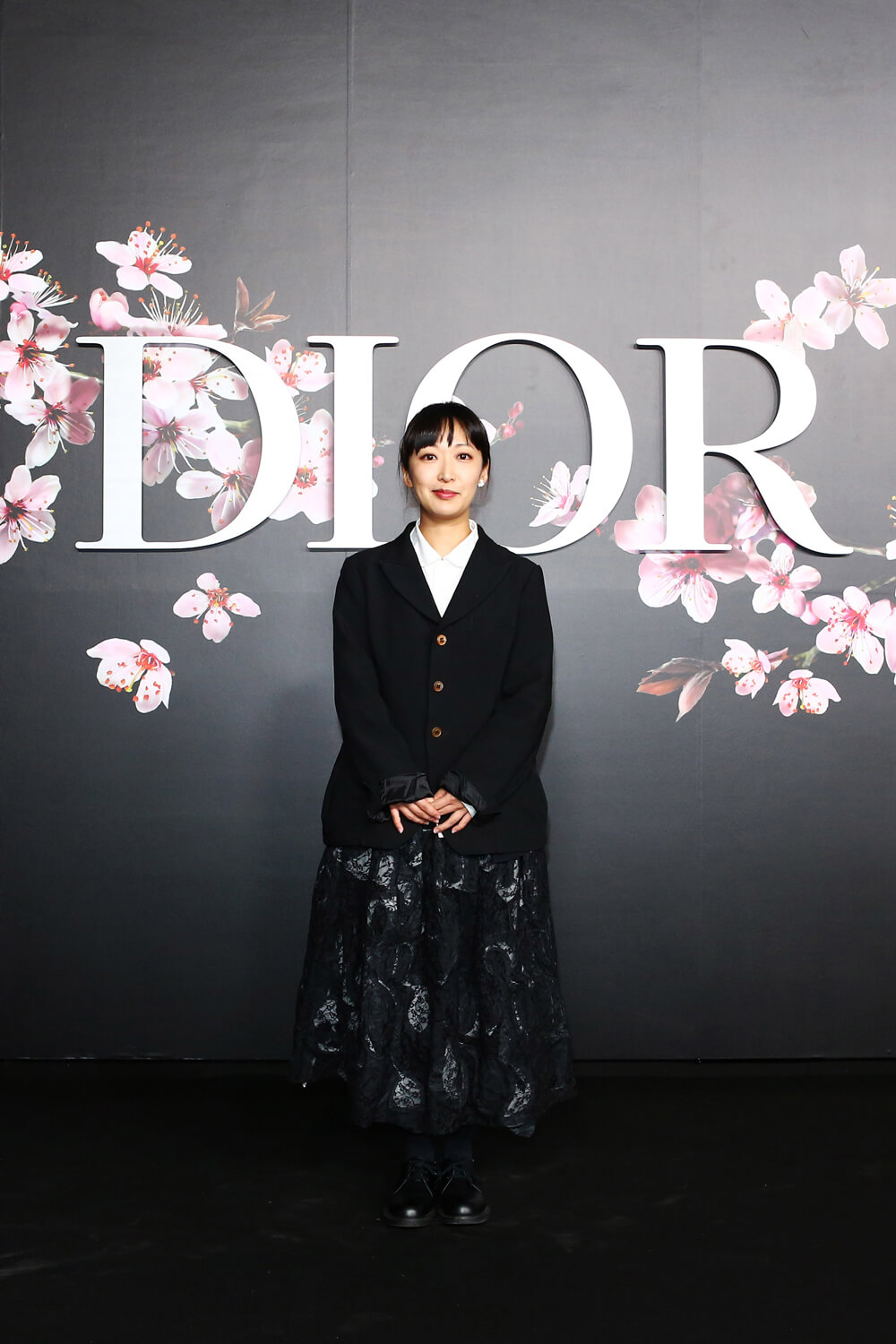Japanese Artist Haruka Kojin Revisiting Dior’s ‘Lady Dior’ Bag

Courtesy of Dior
Since Maria Grazia Chiuri was made head of Dior, the luxury French fashion house has been making the fashion world aware of its proud commitment to feminism. In 2017, Maria Grazia Chiuti, the first woman to head the historic fashion house, created an iconic t-shirt adorned with the message ‘We should all be feminist‘. This creation was presented during her first runway show for Dior, and immediately went viral.
This success encouraged the designer to continue on her path and, last spring, she created t-shirts with ironic slogans such as ‘Why are there no great women artists?‘, a quote borrowed from feminist theoretician Linda Nochlin. This then led her to revisit the iconic bag ‘Lady Dior’, named in honour of Princess Diana, also known as Lady Di, with the help of eleven internationally-renowned female artists. The aim of the capsule collection is to showcase women’s artistic talent.
Among these women is plastic artist Haruka Kojin, who has created two versions of the Lady Dior, in gold and in silver. For this unprecedented collaboration, Kojin wished to take inspiration from ‘a night-time bus journey and how landscapes change with speed’, as she explains to Dior. This poetic form of inspiration defines the Japanese artist’s dreamlike universe. This modern reinterpretation recalls Kojin’s ‘Contact Lens’ installations to some extent. This grandiose and immersive work subtly explores the deformation of reality with the help of suspended mirrors which transform perception and space.

Courtesy of Dior

Courtesy of Dior
TRENDING
-
A House from the Taisho Era Reveals Its Secrets
While visiting an abandoned building, Hamish Campbell discovered photographs the owner had taken of the place in the 1920s.

-
The Taboo-Breaking Erotica of Toshio Saeki
The master of the 1970s Japanese avant-garde reimagined his most iconic artworks for a limited box set with silkscreen artist Fumie Taniyama.

-
With Meisa Fujishiro, Tokyo's Nudes Stand Tall
In the series 'Sketches of Tokyo', the photographer revisits the genre by bringing it face to face with the capital's architecture.

-
Masahisa Fukase's Family Portraits
In his series ‘Family’, the photographer compiles surprising photos in which he questions death, the inescapable.

-
Hajime Sorayama's Futuristic Eroticism
The illustrator is the pioneer for a form of hyperrealism that combines sensuality and technology and depicts sexualised robots.





